Curious Questions: Why is gin flavoured with juniper?
The prickly juniper bush has been in decline for decades, a worrying development at a time when gin is soaring in popularity. Vicky Liddell takes a look at the history of this fascinating plant, and discovers that it's making a comeback on Surrey’s North Downs.
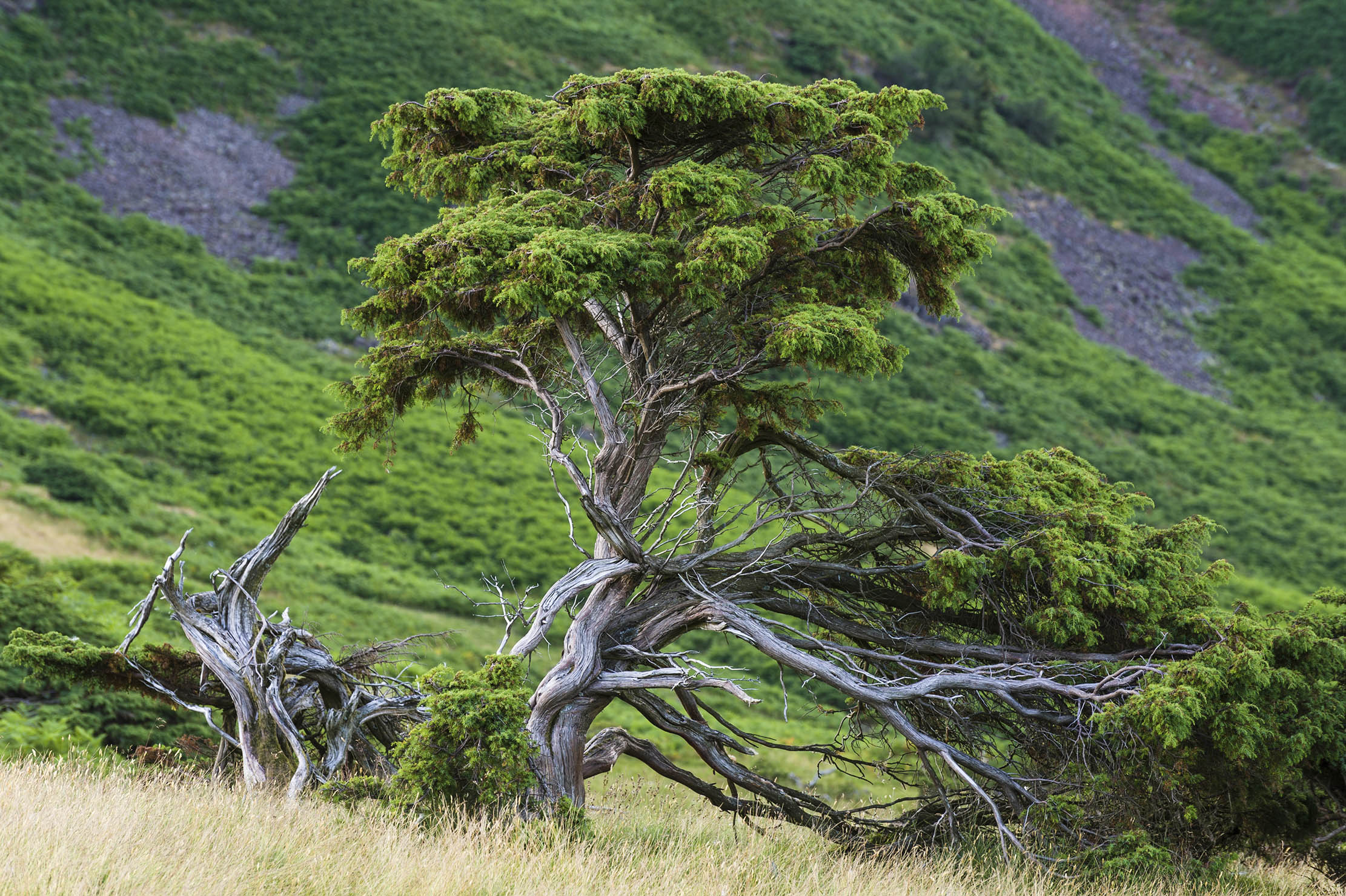

On the vertiginous slopes of Box Hill in Surrey, Andrew Wright, National Trust countryside manager, is examining the contents of an aggressively prickly bush. He is checking on the progress of the aromatic berries of the juniper (Juniperus communis), which, despite being one of the first trees to colonise Britain after the last Ice Age, has been in steady decline over the past few decades.
Southern counties have experienced losses of between 60% and 70% and, in some regions, the species has disappeared altogether. Box Hill on the North Downs, the scene of Jane Austen’s imagined picnic in Emma, was once a stronghold, but, even here, its Juniper Top and Juniper Bottom sites are worryingly diminished, with no young plants and only a few ancient bushes remaining.
‘Juniper has everything against it,’ explains Mr Wright, who describes it as ‘a bit of a diva’. Female plants will often fail to catch the pollen when pollutants block off their receptors, seeds must first be eaten by birds and then go through two frosts. We need at least 30 plants to ensure a healthy population and milder winters are proving to be a problem.’
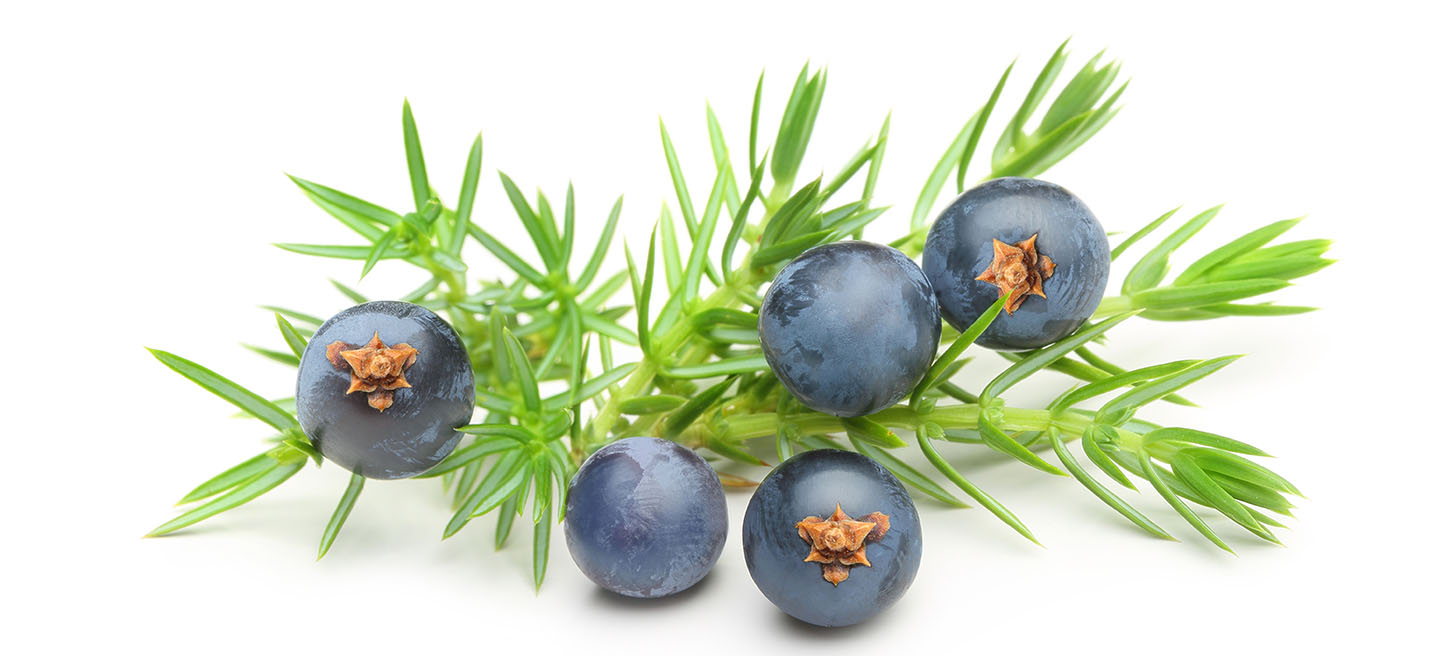
In 2014, help came from an unusual source when Neil Beckett, owner of Becketts Gin, came up with a proposal to help finance the propagation of 200 juniper seedlings in return for harvesting some of the juniper berries from the Duke’s Area, where there are still about 60 bushes. Every October, Mr Beckett collects about 500g of berries, which are divided up between conservation and gin production.
‘The homegrown berries give the gin a unique tart flavour, but raising the seedlings has proved quite a challenge,’ says Mr Beckett. ‘The first year’s seeds were unviable, but subsequent harvests have improved and with luck, in a few years, the new bushes can be planted out on Juniper Top.’
In other parts of the country, the charity Plantlife has set up its own juniper conservation project and, in 2010, local seeds were sown at 30 sites, bare ‘scrapes’ where the top layers of soil had been removed. ‘These are the conditions that juniper would historically have experienced, with periods of heavy grazing followed by periods of reduced grazing, and so far the results are good,’ explains Trevor Dines, the charity’s botanical specialist.
From about 8,000 seeds at each site, the work has produced between 50 and 70 healthy ‘teenager’ bushes, each about 2ft–3ft tall and bursting with berries. Plantlife now hopes to help landowners in other parts of the country unlock the secrets of juniper management, too.
Exquisite houses, the beauty of Nature, and how to get the most from your life, straight to your inbox.
Scotland and the North are faring better, except in the Lake District, where a fungus is attacking the roots. The largest population in the UK can be found at Porton Down, a protected important plant area in Wiltshire, where periods of artillery use have churned up the land and imitated heavy grazing.
Surprisingly, for a species that is so precise in its germination requirements, the juniper will grow happily in very different habitats, from cold rainy sites on acid soils in the North to hot, dry, chalk downland in the South. Bent by wind and trimmed by browsers, veteran bushes become gnarled and twisted, taking on Tolkienesque shapes.
The small berries are actually modified cones that slowly turn from bright green in their first year to the familiar dark purple in their second. The bushes are also very slow-growing, typically only adding 1½in–2in every year, but can live for about 100–120 years and often longer.
Given the relative difficulty of cultivating it, then, how did juniper become the key ingredient in gin? It turns out that humans and juniper berries have had a long association. Most famous, of course, is the flavouring the shrub brings to gin, first distilled in Holland in the 16th century. (The Dutch for juniper is genever, which became Anglicised to ginever and then to gin.) Used whole, the berries lend a bitter crunchy bite to game dishes, and were traditionally used to flavour bread and fruit cake in the North of England.

The link goes back much further than that, however. The ancient Greeks consumed juniper berries during Olympic events, in the belief that they increased stamina, and the Romans valued them as an economical substitute for black pepper.
The earliest recorded medical use of juniper berries dates from an Egyptian papyrus of 1,500bc, where they were suggested as a cure for tapeworm infestations, but their most significant historical use was as an abortifacient. Juniper berries are known to stimulate contractions of the uterus and this may have led to the Victorian belief that gin could be used for the same purpose (hence ‘mother’s ruin’) and, as noted in Richard Mabey’s Flora Britannica, pills made from juniper were still being advertised discreetly as The Lady’s Friend in the mid 1980s.
Juniper, ‘the savage tree’, has accumulated many local names: aiten, aitnach, melmot and horse savin, which is still used in Herefordshire, where juniper perked up horses as a form of veterinary medicine. The shrub is rich in folklore and there’s a long-standing belief that it can avert evil influences. A juniper planted by an elder was said to catch witches and, in Wiltshire, a juniper branch in a beehive would protect the hive from magic.
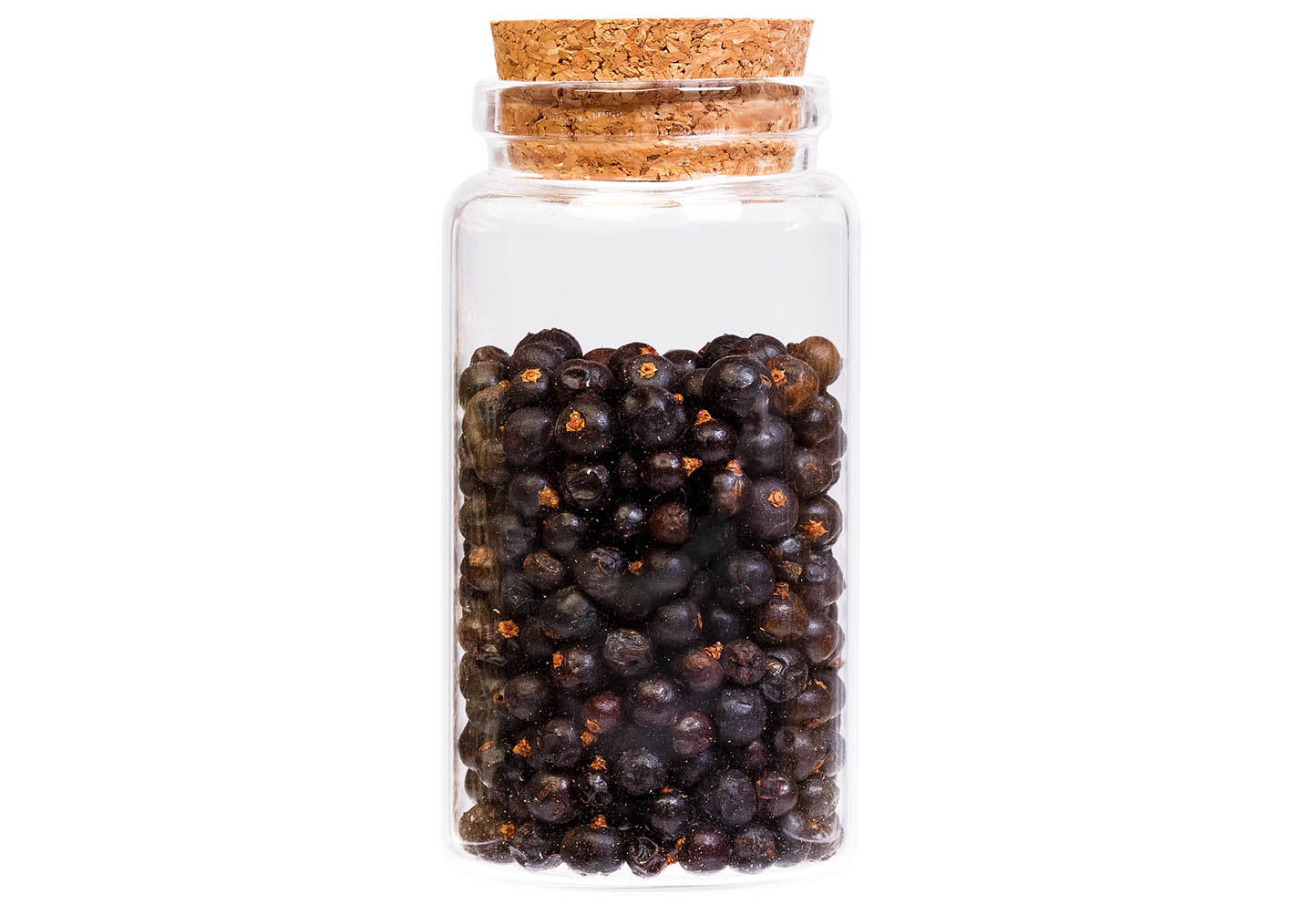
Dreaming of picking the berries in winter was a sign of prosperity and, in art, the shrub was a symbol of purity and chastity, because of the way the thorny needles protected the berries, as in Leonardo da Vinci’s Ginevra de’ Benci.
In the Lake District, where juniper formed the basis of a successful business producing charcoal for gunpowder, its sticks were used as a base for haystacks and, in Scotland, its low smoke output made the wood a popular choice among illicit 19th-century Highland whisky distilleries keen to avoid detection by the local excise man.
‘Saving juniper will have a good effect on biodiversity,’ predicts Dr Dines.
‘In only a few years, a scrape can become home to a whole succession of chalk-downland flora, including orchids, kidney vetch, horseshoe vetch and cowslips.’
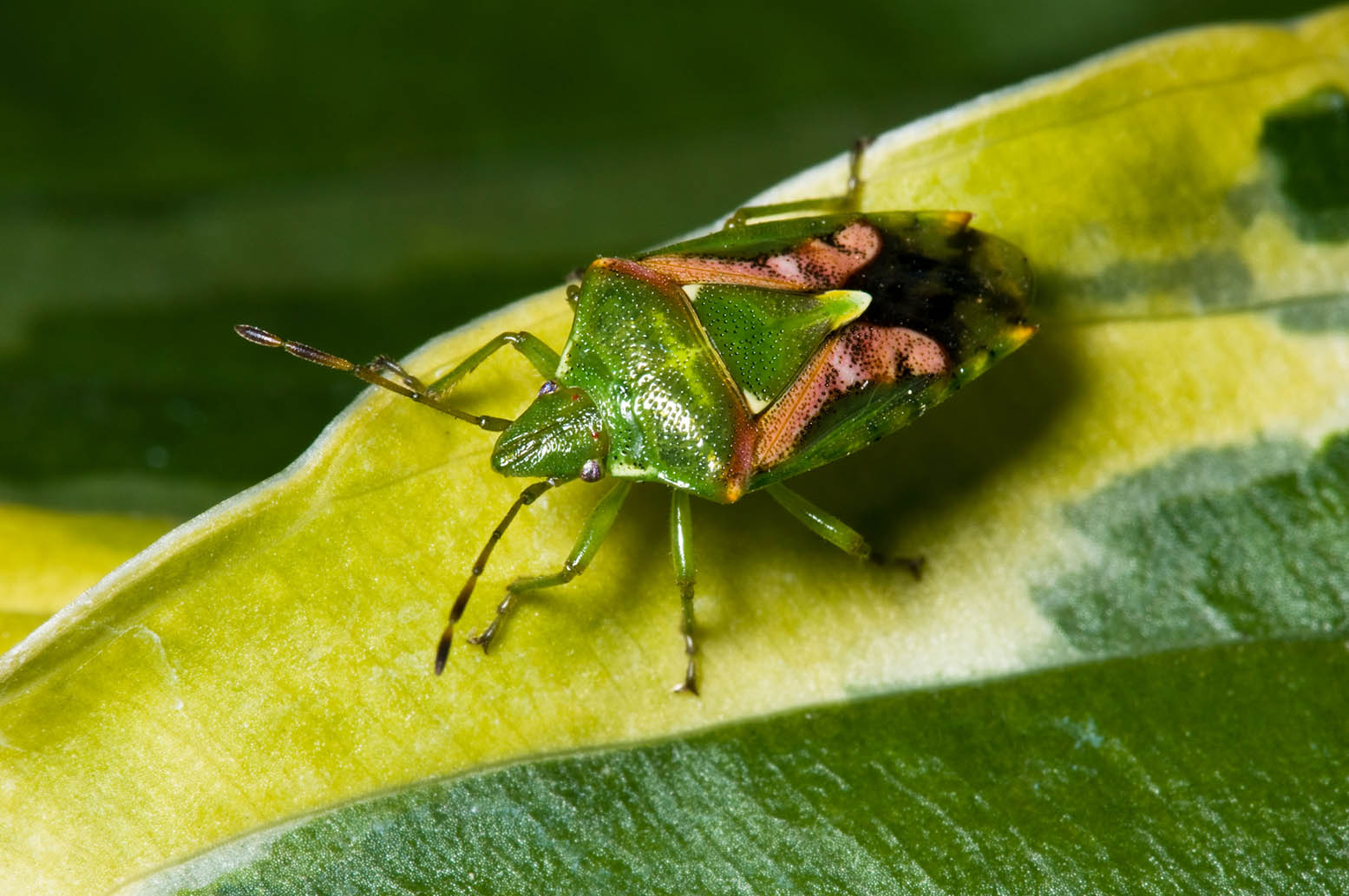
More than 40 species of fungi have been associated with juniper, as well as some 50 insects, including rare species such as the juniper shield bug and the juniper carpet moth.
‘Juniper may be the panda of the plant world,’ concludes Dr Dines, ‘but I’m optimistic that we can bring it back to the places where it traditionally existed.’ That’s certainly worth raising a glass of gin and tonic.

Curious Questions: Who invented the gin and tonic?
Gin and tonic is arguably the greatest cocktail ever created — but who first mixed these two seemingly unlikely ingredients together?

How to make your own gin
Distill your own gin this year for the perfect gin and tonic

Credit: Rex
Five things you probably never knew about gin, in honour of 'International Gin and Tonic Day'
Yes, it's one of those silly theme days again. But who's going to complain when it gives us all a
Vicky Liddell is a nature and countryside journalist from Hampshire who also runs a herb nursery.
-
 The eclectic New York townhouse that Lily Allen sings about in her new, headline-making album is for sale
The eclectic New York townhouse that Lily Allen sings about in her new, headline-making album is for sale381, Union Street is on the market just days after the singer’s latest album details the alleged infidelity in her marriage.
-
 When did the Titanic sink and other questions. It's the Country Life Quiz of the Day, October 29, 2025
When did the Titanic sink and other questions. It's the Country Life Quiz of the Day, October 29, 2025Test your general knowledge in Wednesday's quiz.
-
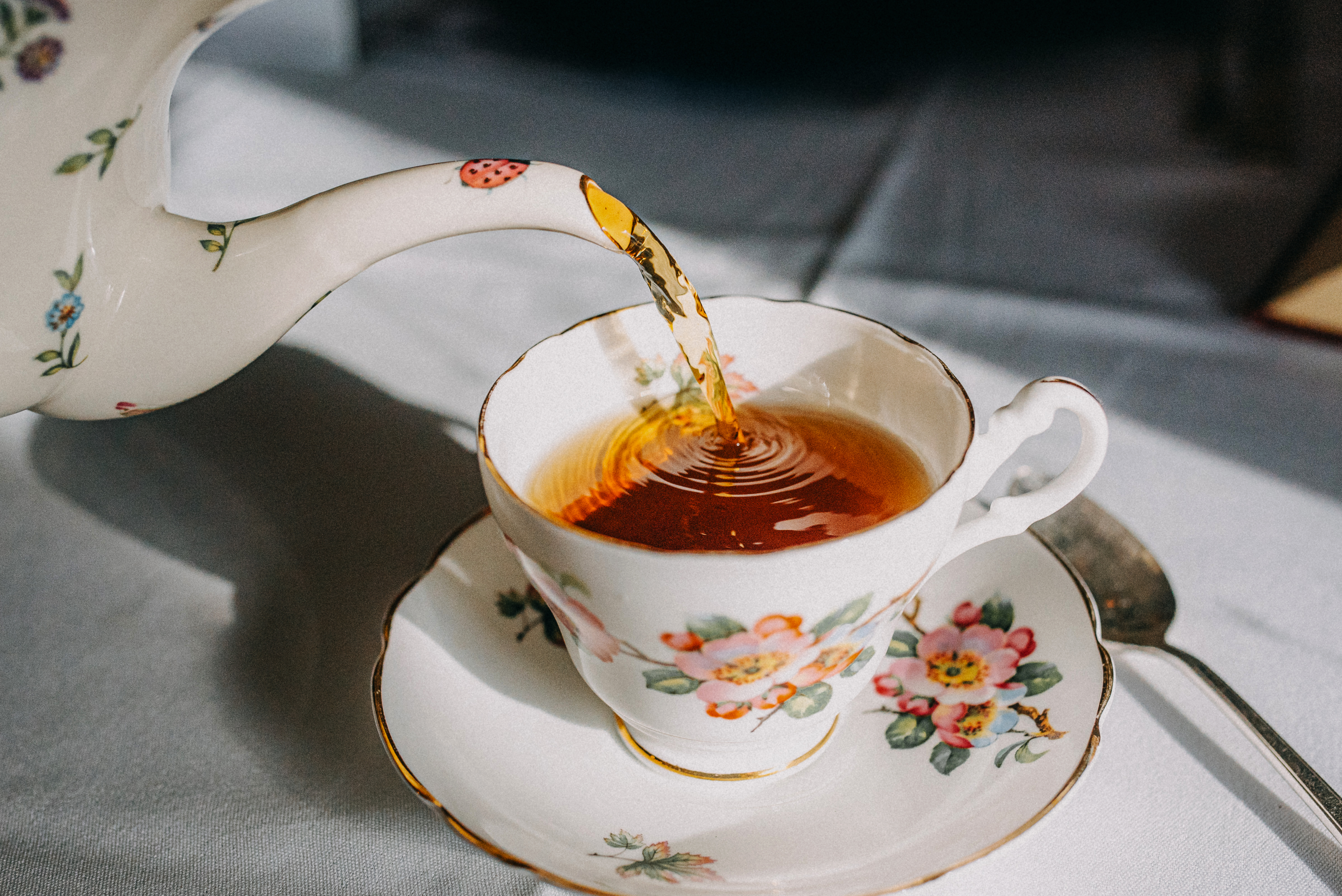 11 golden rules for making a perfect cup of tea
11 golden rules for making a perfect cup of teaWe drink tea every day, but are we doing it correctly? Who decided on the rules and do they really matter? Jonathon Jones reveals all.
-
 Curious Questions: What is the greatest April Fool's prank ever played?
Curious Questions: What is the greatest April Fool's prank ever played?As April 1 looms, Martin Fone tells the tale of one of the finest stunts ever pulled off.
-
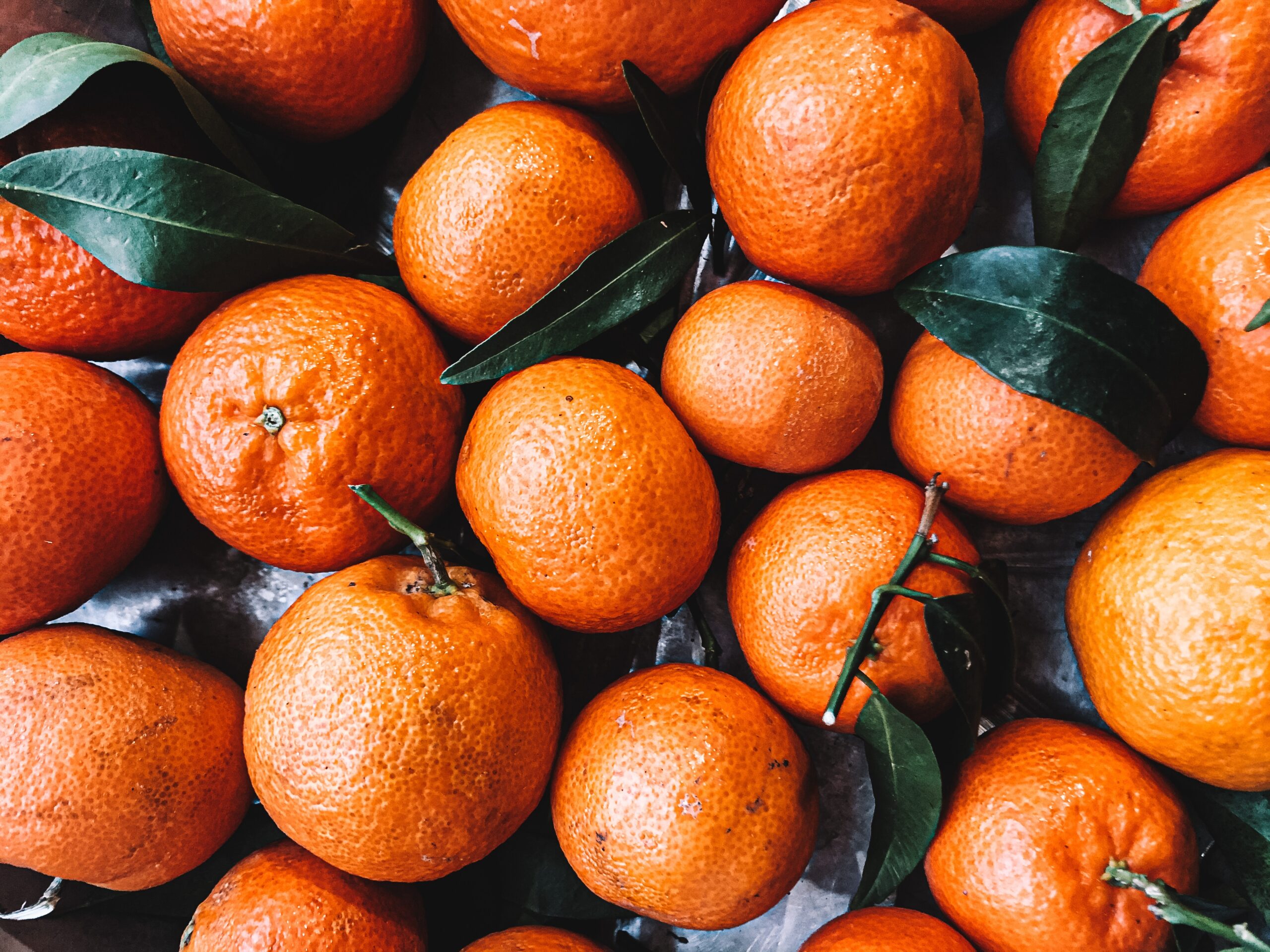 Curious questions: Why do we use Seville oranges to make marmalade?
Curious questions: Why do we use Seville oranges to make marmalade?Why do we use Seville oranges to make marmalade when there are more than 400 other varieties available worldwide? And do they really make the best preserve? Jane Wheatley investigates.
-
 Mince pies really did once contain meat — and this Victorian recipe will convince you that they should to this day
Mince pies really did once contain meat — and this Victorian recipe will convince you that they should to this dayOnce packed with meat, such as ox tongue and mutton, alongside dried and candied fruit and extravagant spices, the mince pie is not what it once was — and food historian Neil Buttery says that's made them worse.
-
 Curious Questions: Margarine used to be pink — but why?
Curious Questions: Margarine used to be pink — but why?Margarine has been a staple of our breakfast tables for over a century, but it hasn't always had a smooth ride — particularly from the dairy industry, who managed to impose a most bizarre sanction on their easily-spreadable, industrially mass-produced rival. Martin Fone explains.
-
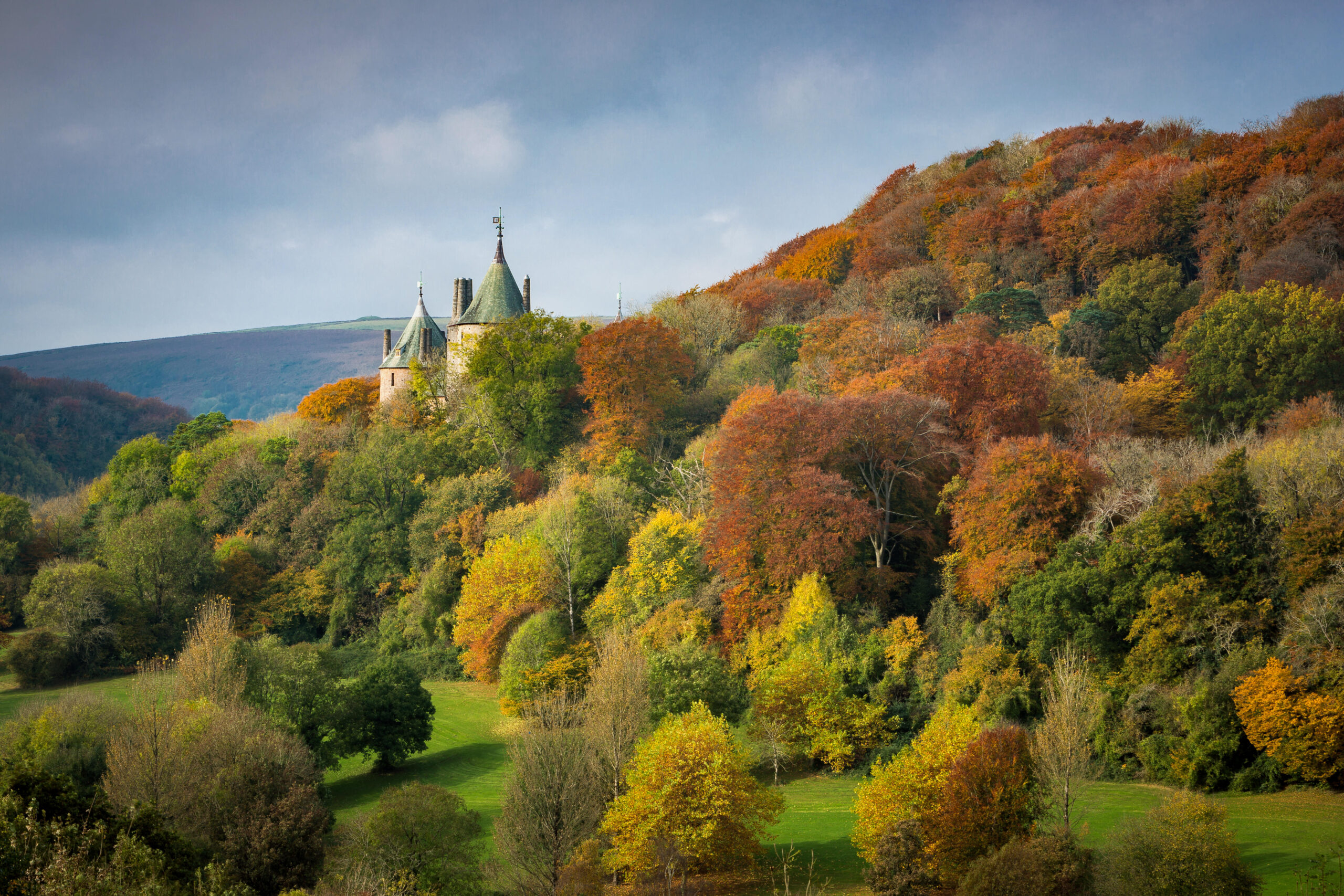 Curious Questions: Wine has been made in Britain for over 1,000 years — so why have we only just turned it into an industry?
Curious Questions: Wine has been made in Britain for over 1,000 years — so why have we only just turned it into an industry?With the UK wine industry booming, Martin Fone takes a look at its history.
-
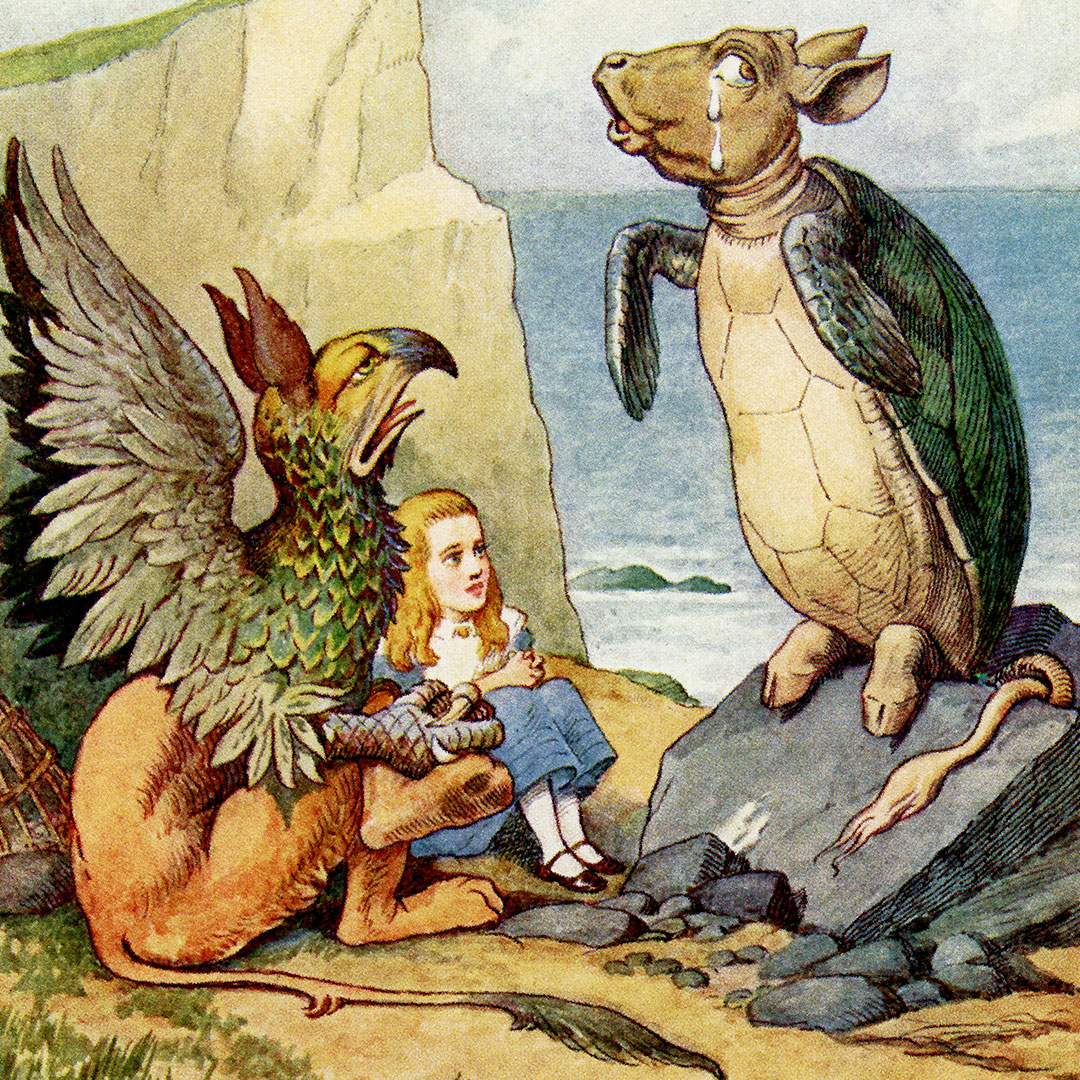 Curious Questions: What is mock turtle soup? And did it come before or after 'Alice in Wonderland'?
Curious Questions: What is mock turtle soup? And did it come before or after 'Alice in Wonderland'?Martin Fone delves into the curious tale of an iconic Victorian delicacy: mock turtle soup.
-
 A game of two halves — how the sandwich went from humble fare to a country-wide lunchtime obsession
A game of two halves — how the sandwich went from humble fare to a country-wide lunchtime obsessionWhat started life as a way to eat and play cards at the same time (so the story goes) is now the lunch of choice for the working world.
